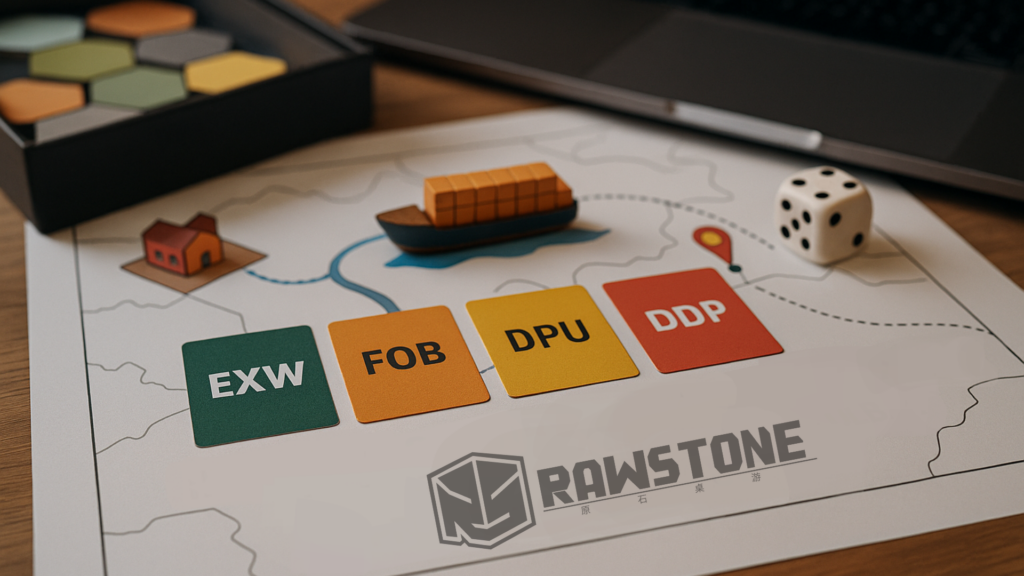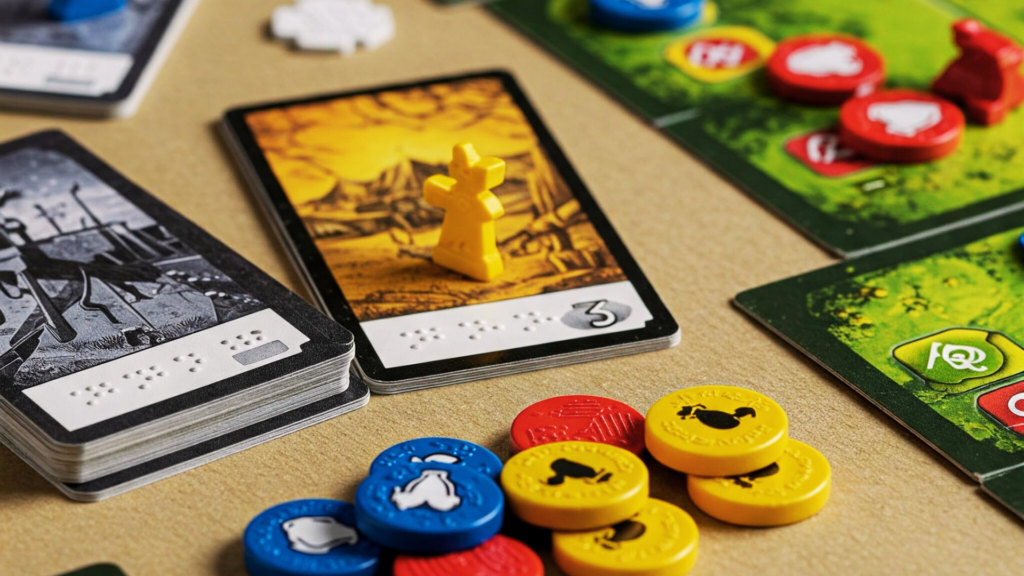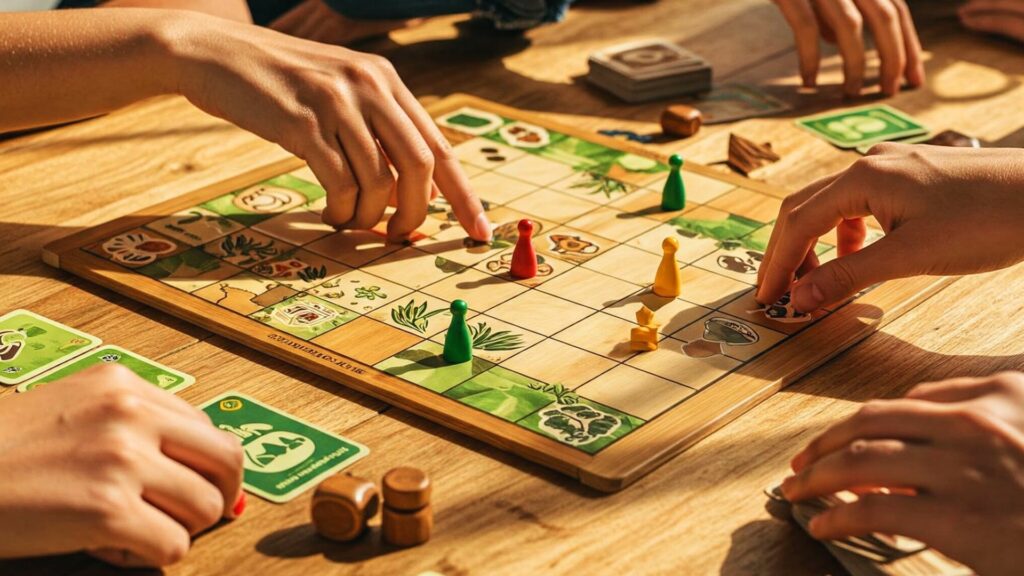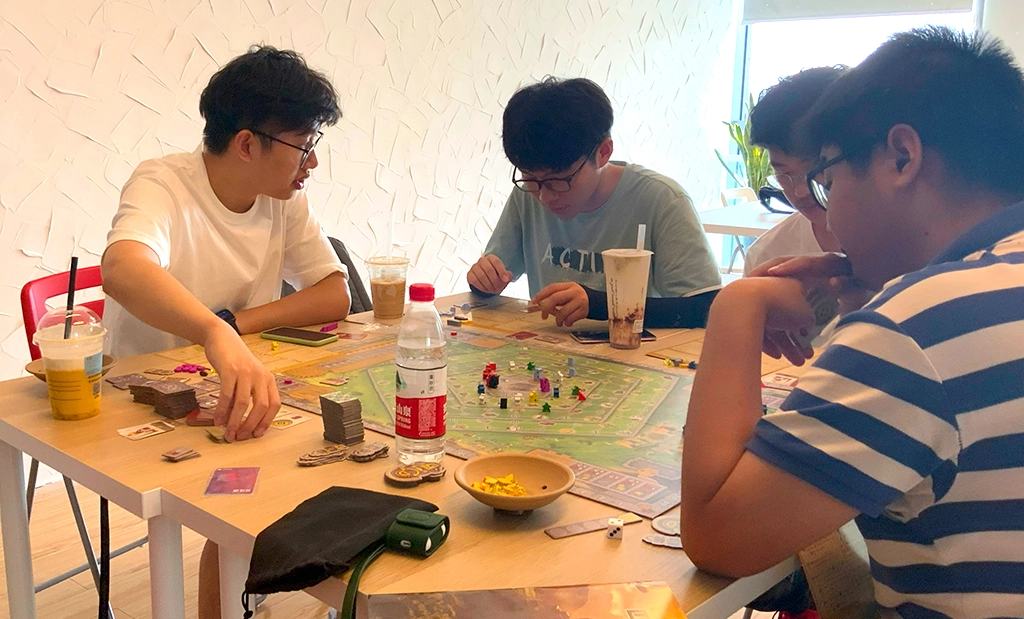

Dive into our insights for publishers & designers!<span data-metadata="">
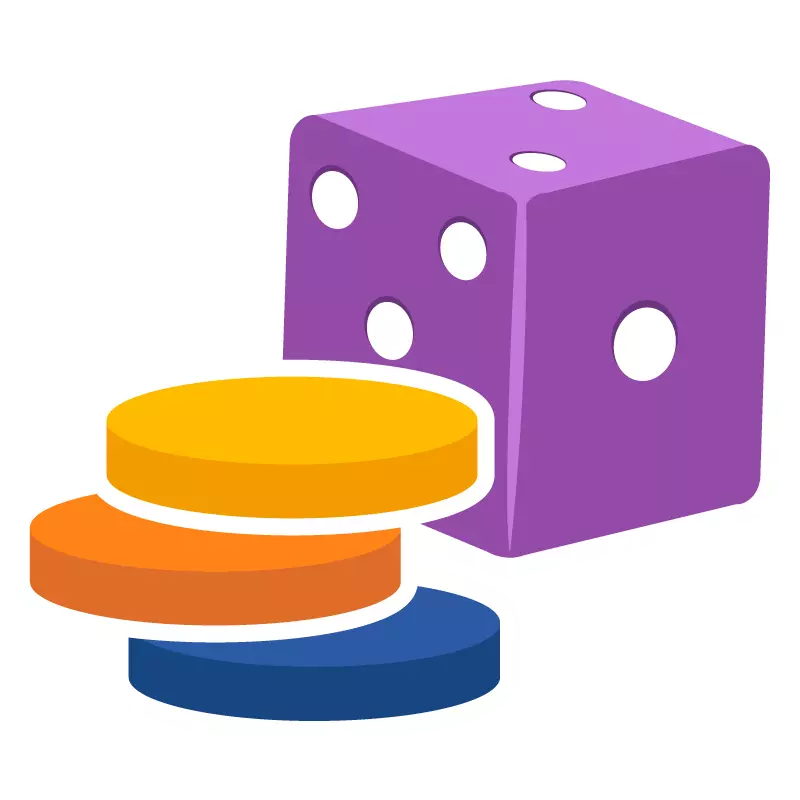
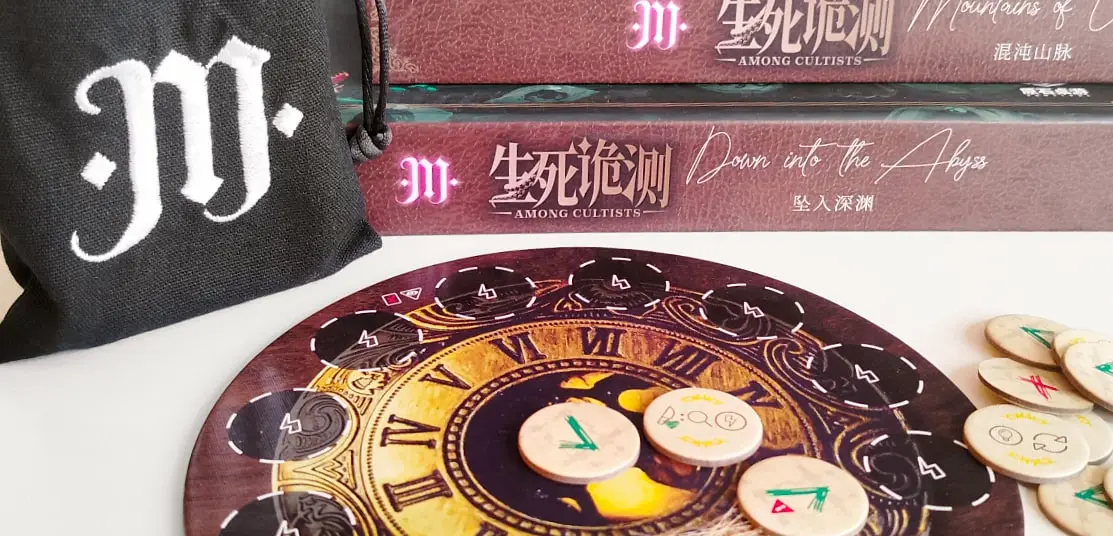
Date: 16/04/2024
Mastering Set Collection Mechanics: Elevating Board Game Experience
In this comprehensive guide, we’ll delve into the world of games where players strategically collect sets of specific items or resources to score points or achieve goals. From fostering strategic decision-making to promoting player interaction, set collection mechanics offer endless opportunities for crafting dynamic and immersive gameplay experiences. Join us as we uncover the secrets of leveraging set collection to captivate players and elevate your game designs to new heights.
Understanding Set Collection Mechanics:
At its core, set collection in board games involves players acquiring and organizing sets of matching items or resources to fulfill objectives and earn points. Whether collecting sets of cards, tokens, or other game components, the mechanic adds layers of depth and strategy to gameplay. By incorporating set collection mechanics, game designers can create engaging and rewarding experiences that challenge players to think critically and plan ahead.
Designing Engaging Objectives:
Central to the design of set collection games is the creation of compelling objectives that motivate players to collect specific sets of items. Game designers must craft clear and achievable goals that incentivize players to collect sets strategically. Whether it’s completing sets of cards to score points, gathering resources to fulfill contracts, or assembling combinations of items to unlock special abilities, the objectives should provide meaningful direction and purpose to players’ collection efforts.
Tips and Tricks for Effective Set Collection Game Design:
1. Balance Variety and Focus: Strike a balance between variety and focus in your set collection mechanics, offering players a diverse range of sets to collect while ensuring that each set contributes to the overall strategy and theme of the game.
2. Foster Player Interaction: Design mechanics that promote player interaction and competition through set collection, such as drafting cards, stealing resources, or competing for limited sets, adding depth and tension to gameplay.
3. Embrace Multi-Purpose Components: Incorporate multi-purpose components into your game design, such as cards with multiple sets or resources that can be used in different ways, offering players flexibility and strategic choices
4. Create Opportunities for Combo Building: Design mechanics that encourage players to build combos or chains of sets, rewarding them for collecting related sets or completing sets in specific sequences, adding depth and strategic depth to gameplay.
5. Provide Scalable Rewards: Implement mechanisms that scale the rewards for collecting sets based on the difficulty or rarity of the sets, ensuring that players are appropriately rewarded for their efforts and decisions.
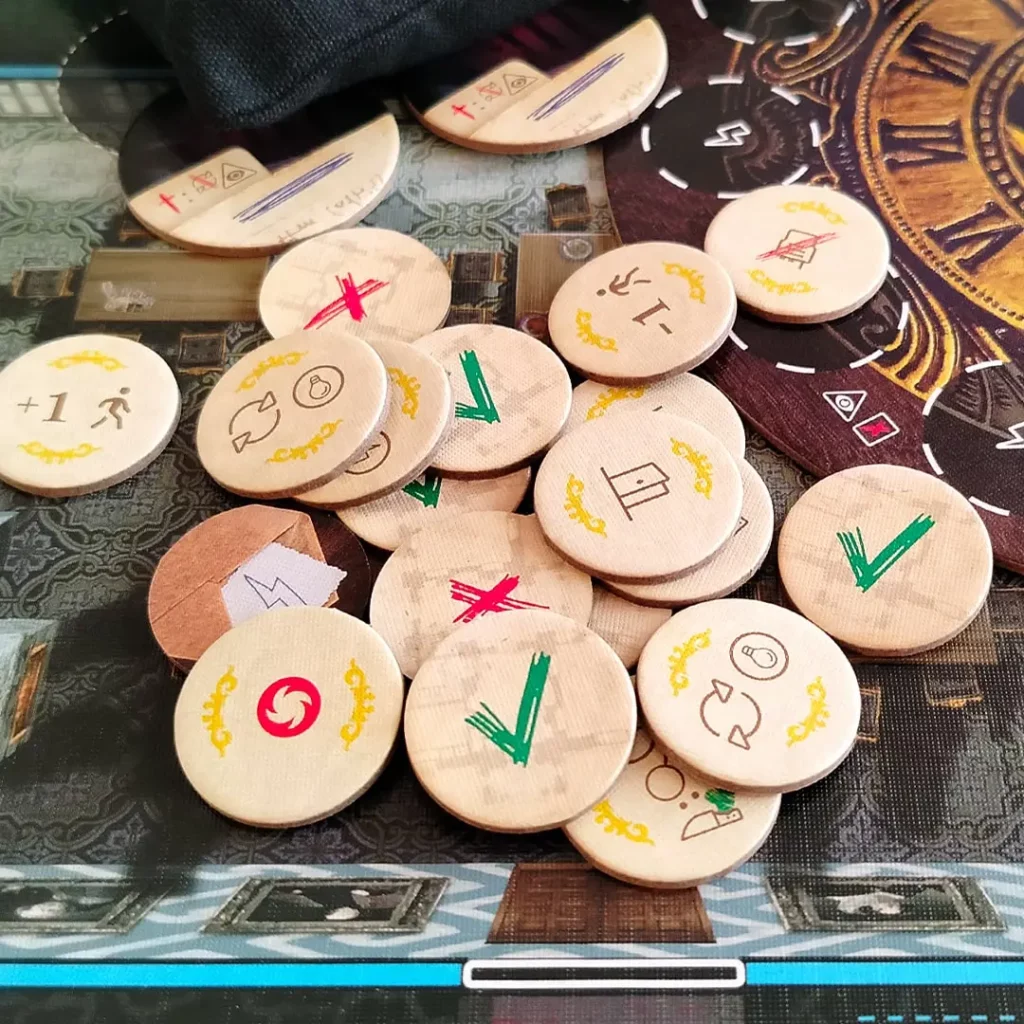
Conclusion:
As you explore the potential of set collection mechanics in board game design, remember the importance of clear objectives, player interaction, and strategic depth. By leveraging these principles and implementing effective design strategies, you can create immersive and rewarding gameplay experiences that challenge, inspire, and delight players. So unleash your creativity, curate your collections, and design games that transport players to worlds of endless possibility and strategic intrigue in the world of board gaming!
you might also be interested...
Incoterms for Board Game Manufacturing: A Guide to Smarter Shipping
Learn how Incoterms for board game manufacturing influence shipping, costs, and delivery responsibilities across international supply chains.
> Read MoreAccessible Board Games Design: Tips for Inclusion
Discover actionable strategies for creating accessible board games. Learn how designers and manufacturers can make tabletop gaming more inclusive for...
> Read MoreEco-Friendly Board Game Manufacturing: Sustainable Materials
Eco-friendly board game manufacturing: discover sustainable materials & methods for your next project. Cost-effective and impactful.
> Read MoreBoard Gaming and Mental Health: Unveiling the Therapeutic Benefits of Gameplay
From critical thinking and problem-solving to spatial reasoning and memory retention, each game presents players with unique challenges that stimulate...
> Read More
